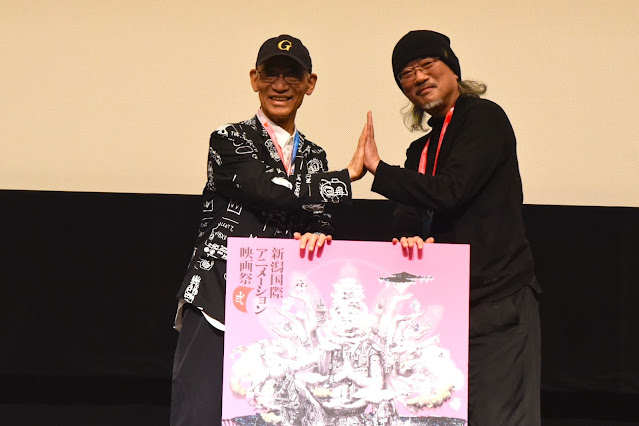Publishing in Japan: Live Panel at the Foreign Correspondents' Club of Japan Dec. 18th / *Live Stream on Zoom

Can foreign authors succeed in Japan? Of course. But how? I'm joining bestselling award-winning author Robert Whiting ("Tokyo Underworld," "You Gotta Have Wa"), veteran KADOKAWA editors Satoshi Gunji (P.E.N. Japan) and Tetsuya Sugahara, and Japan UNI Agency president Miko Yamanouchi to explain. If you're in Tokyo, please join us live at The Foreign Correspondents' Club of Japan on Wednesday December 18th at 6pm JST. *Owing to demand, the event will now be live streamed via Zoom if you register here . Issues of the latest English and Japanese-language editions of "MONKEY: New Writing from Japan," the finest magazine of Japanese stories, poetry, essays and visual art will be on sale at the venue, thanks to our partners and pals at SWITCH .











